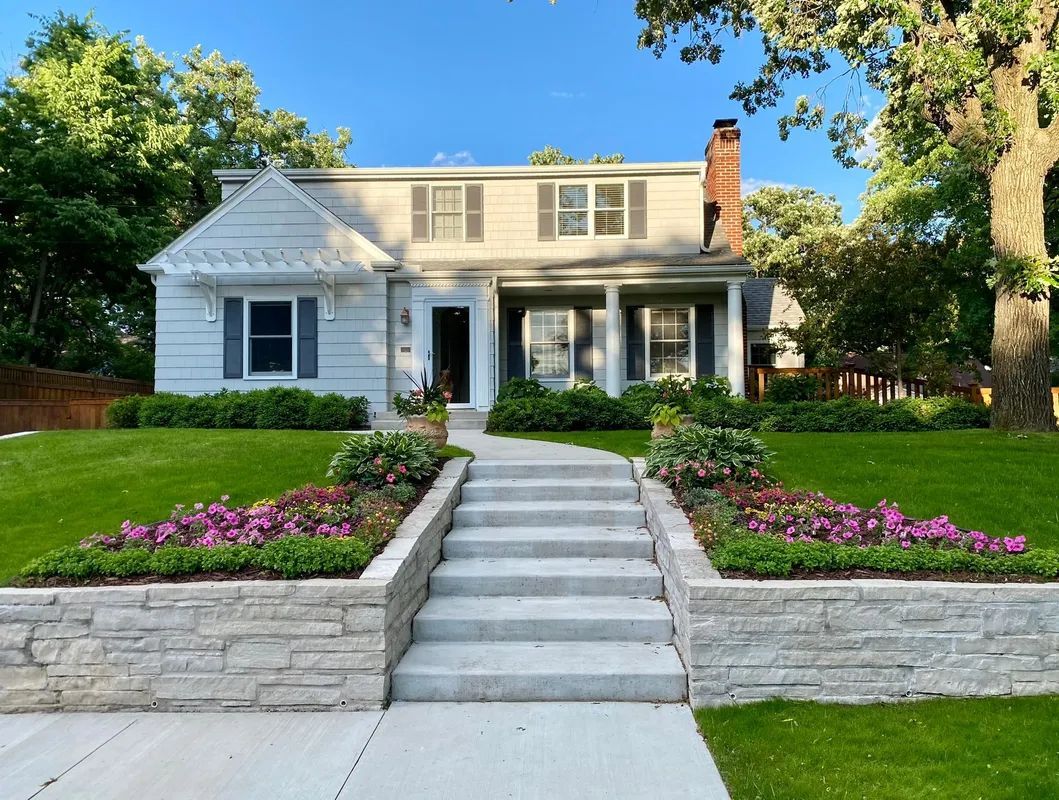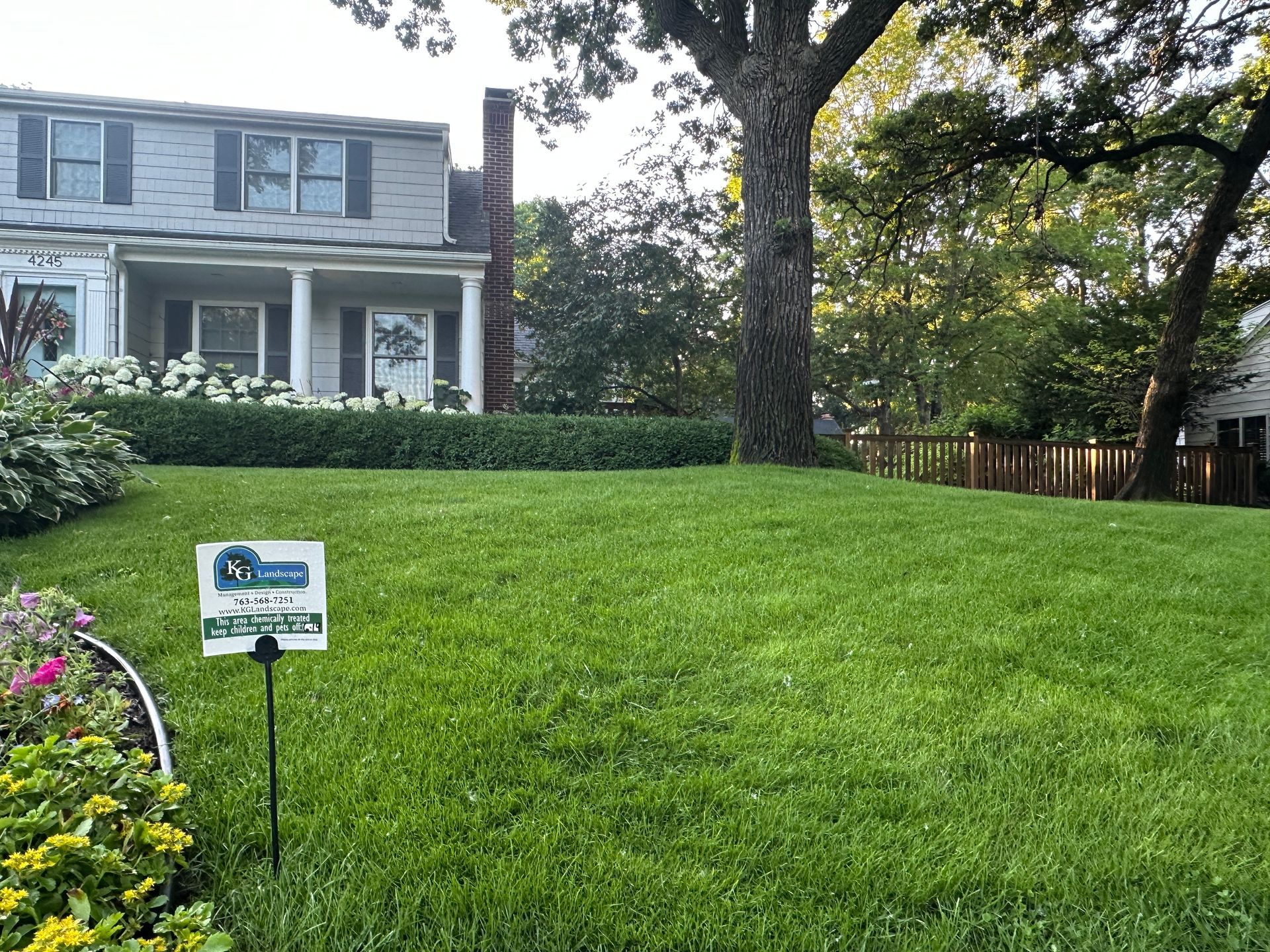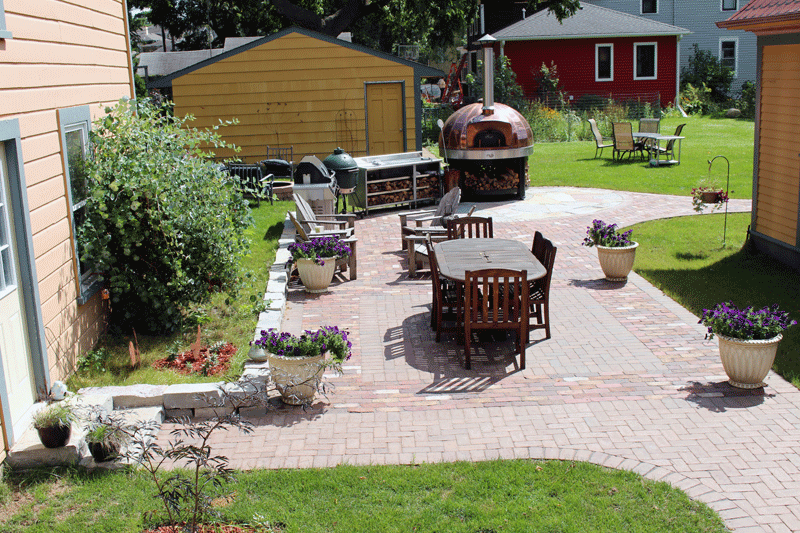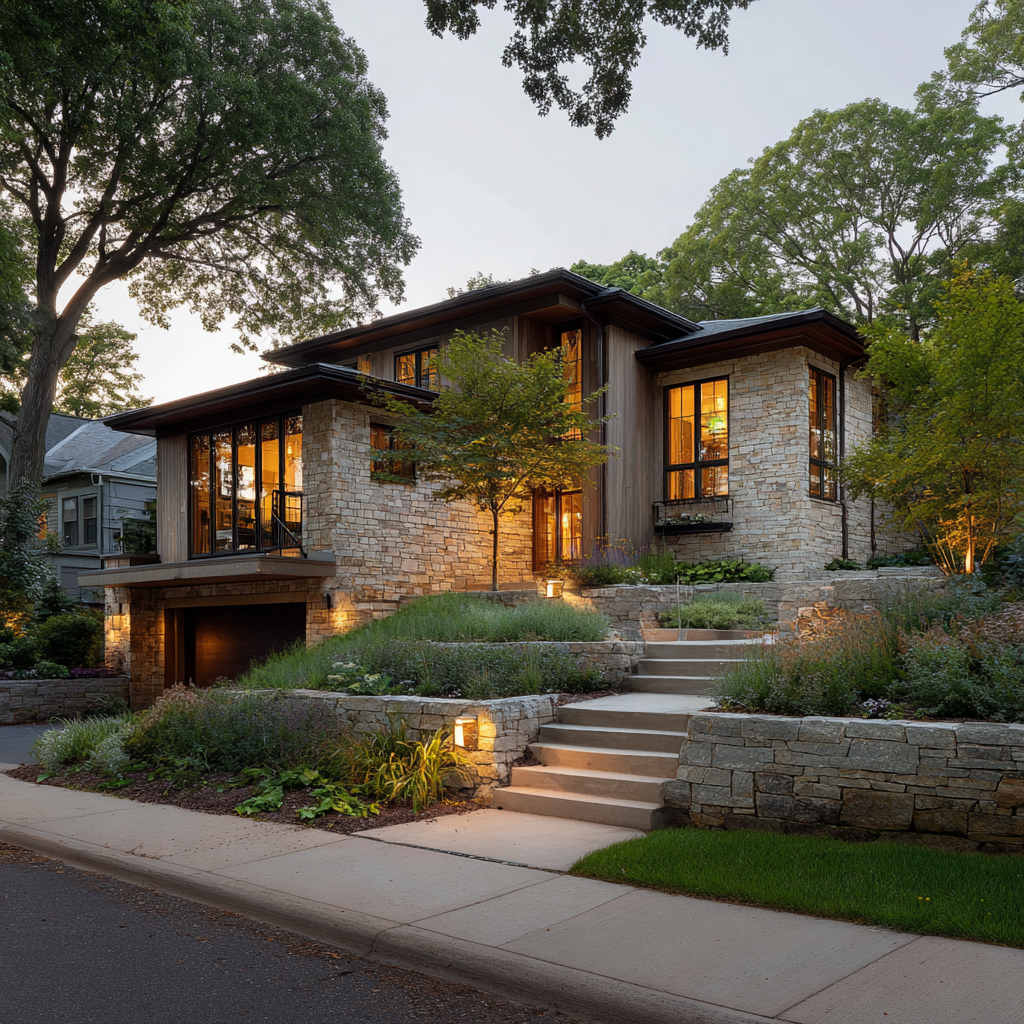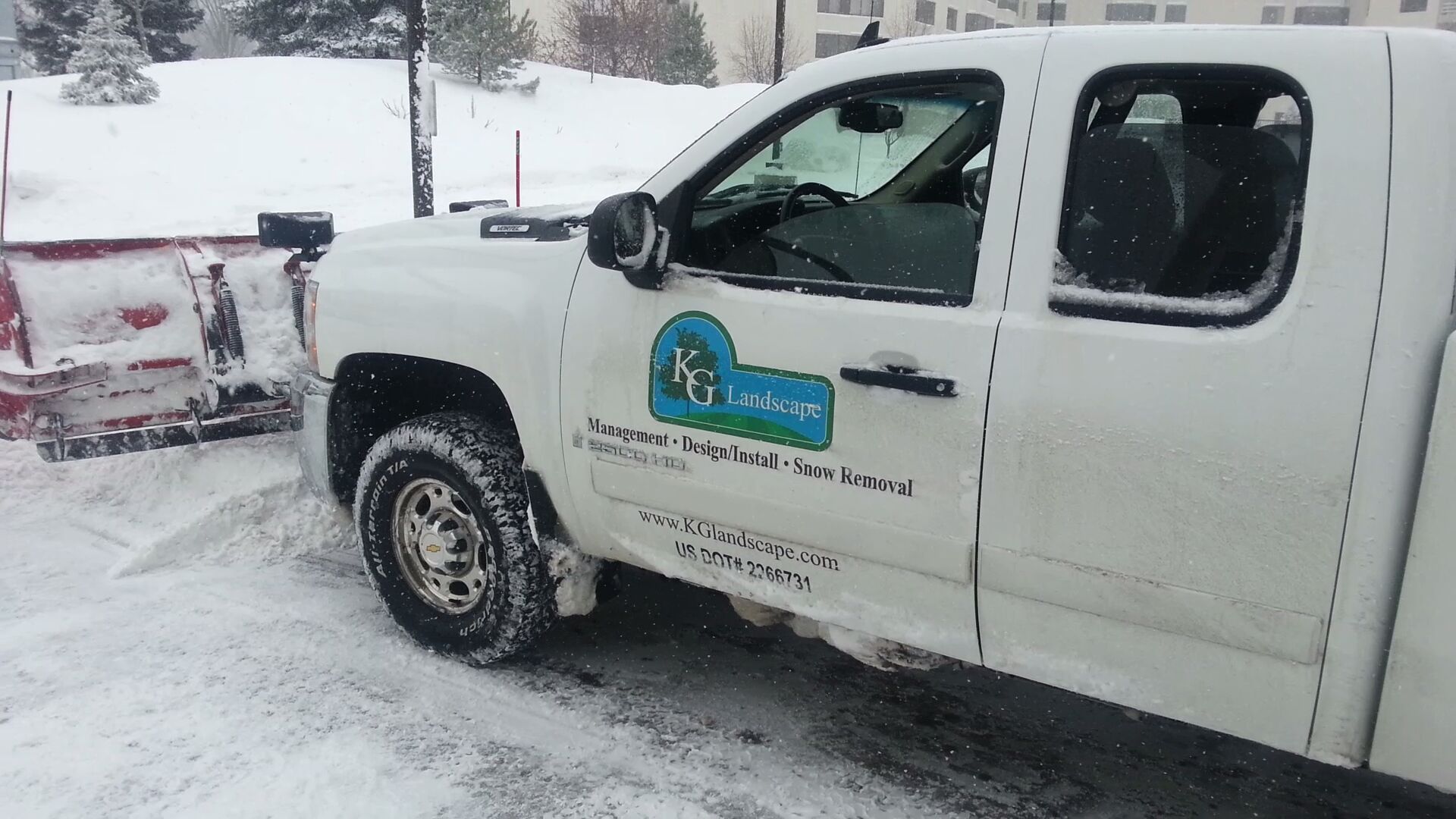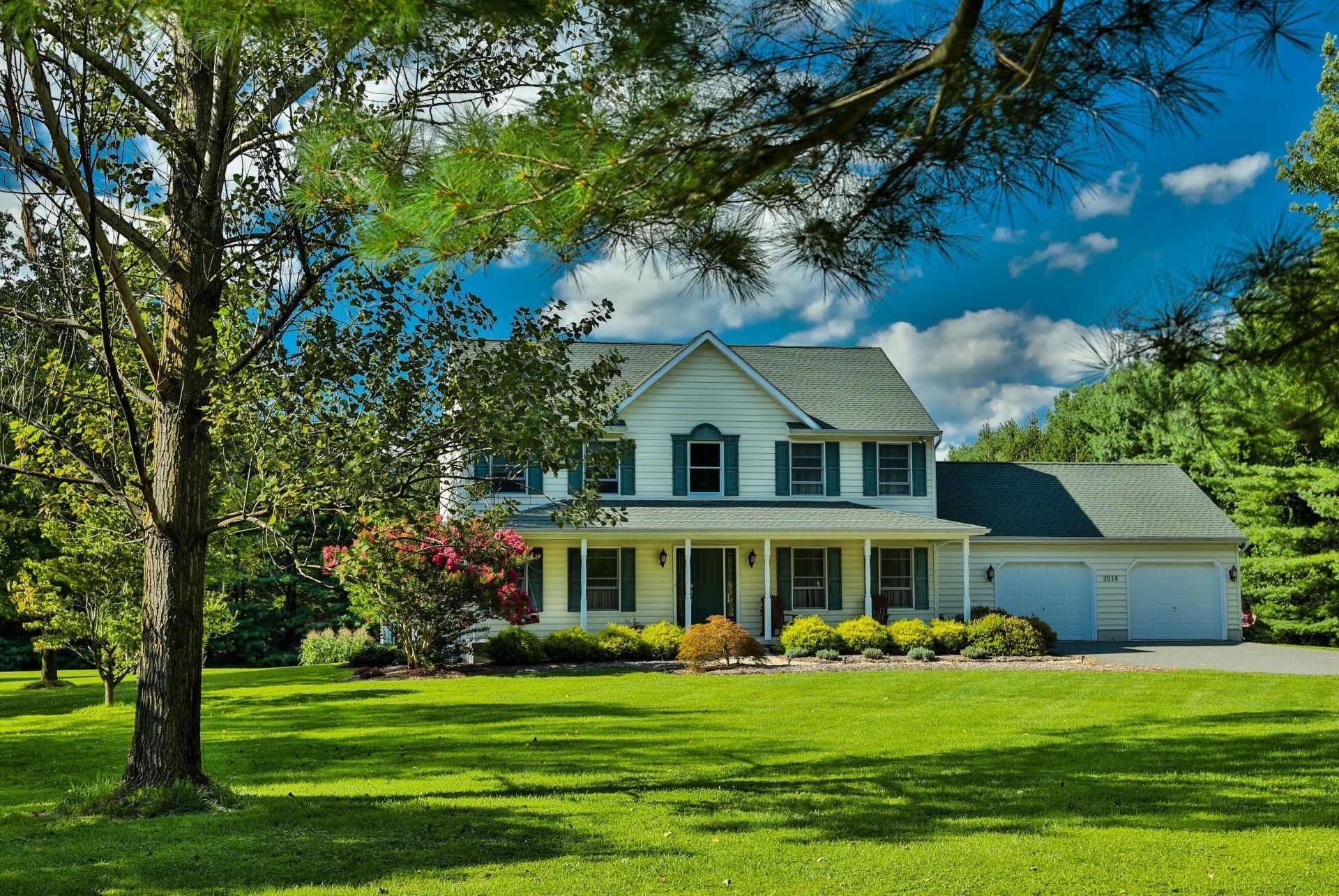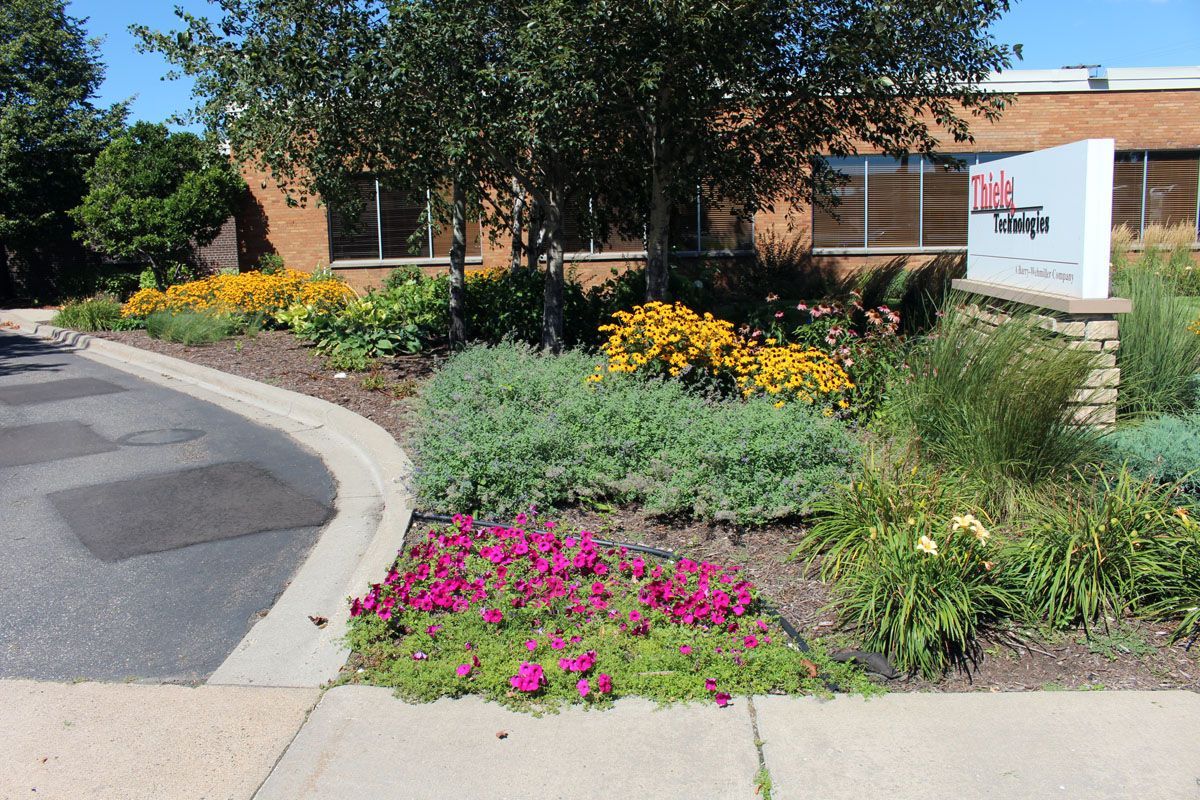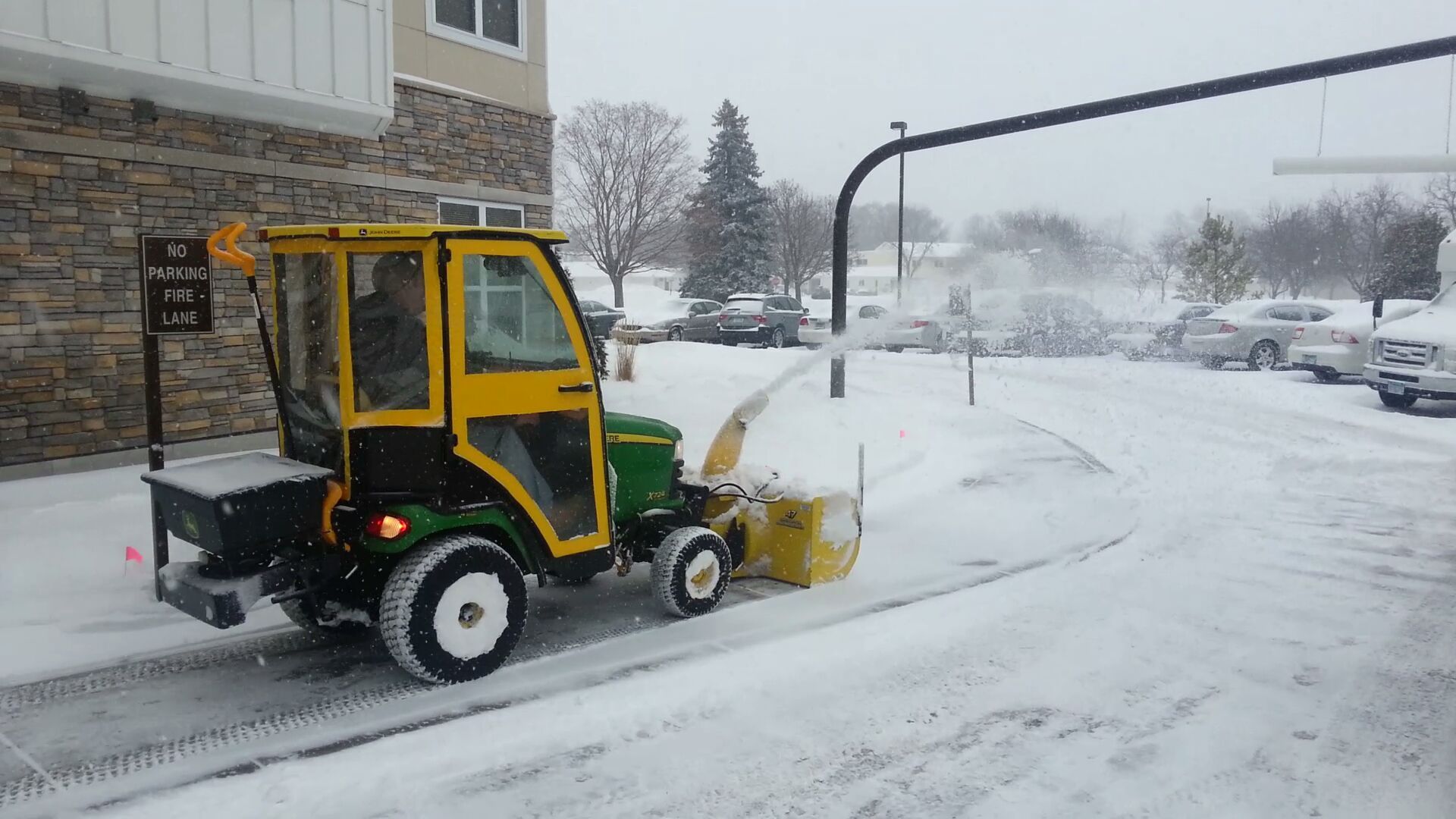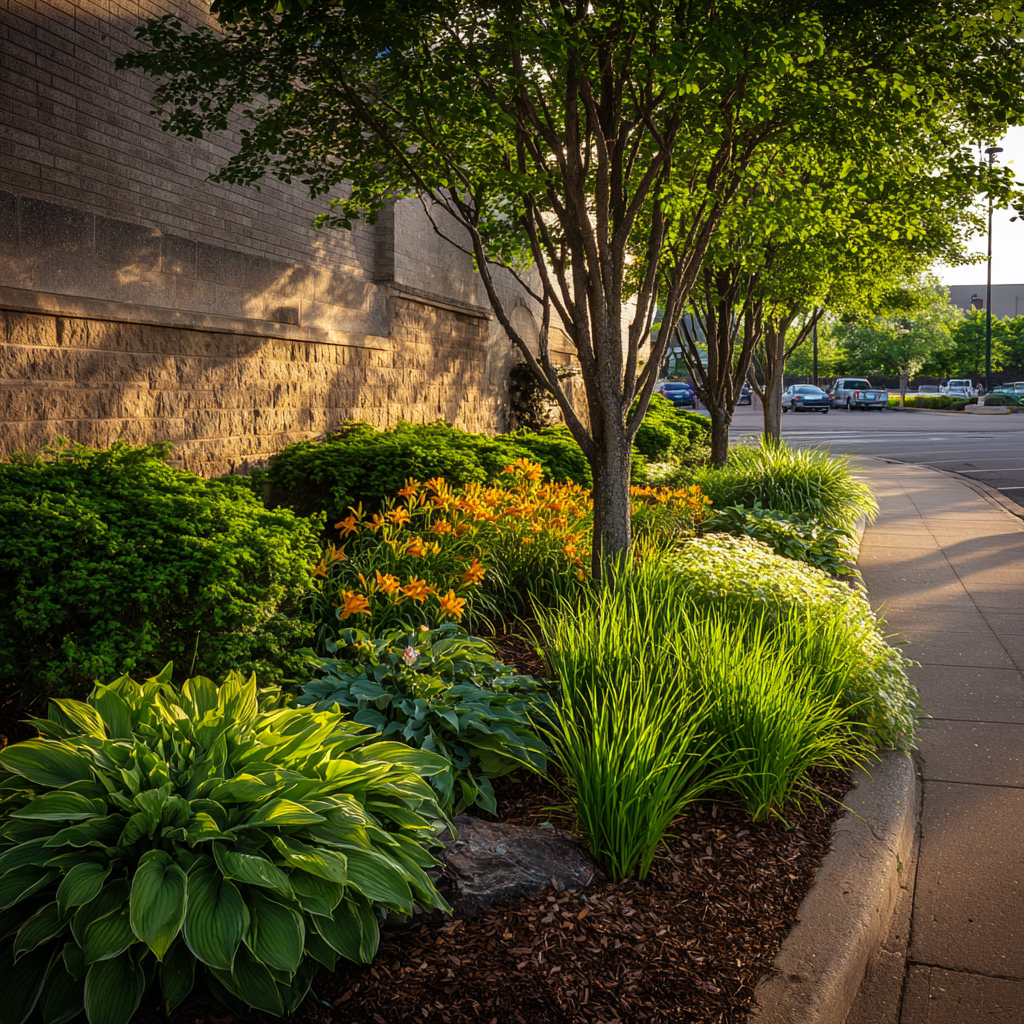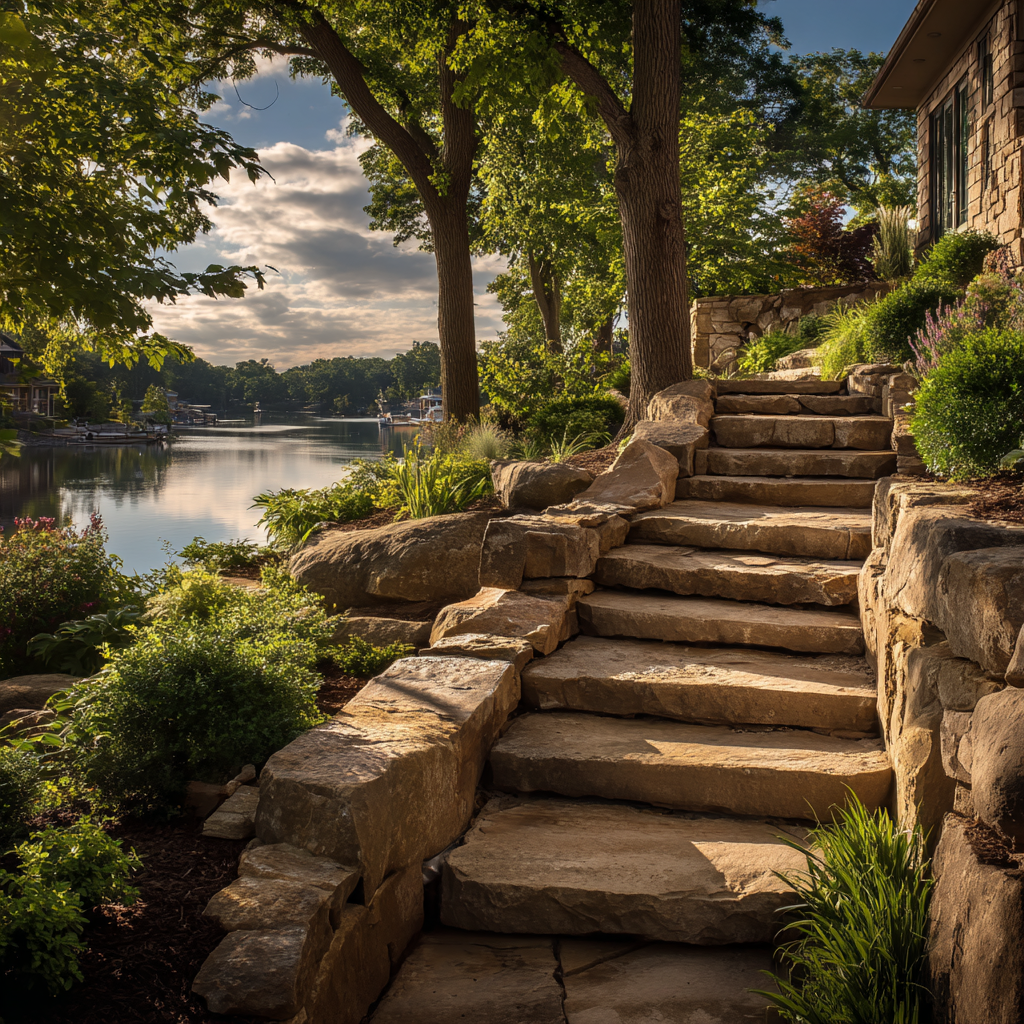Planting trees in the front yard of your home can add immense value to the property with very little work. Sprawling ornamental trees or perfectly pruned evergreens create dimension and incorporate color into the landscape.
Depending on where you live, certain trees will grow better than others. Consult with a professional landscape designer in your area to determine the best trees for your front yard.
Understanding Tree Hardiness Zones
All different types of plants and tree species flourish under specific conditions. For example, it’s unlikely that you’d see a towering palm tree swaying in the Minnesotan breeze, yet you will find thousands of them lining the streets of downtown Miami. The tree’s degree of hardiness determines its ability to thrive in one location over others.
Plant hardiness describes the ability of the plant or tree to survive under adverse climatic growing conditions. Specifically, the plant’s ability to tolerate heat, cold, drought, wind, flooding or other predations are all measurements of plant hardiness.
In the Midwest, most gardeners and landscapers look for trees within zones 4 and 5. Trees that fall within these zones are typically very hardy since the climate is cold for a more extended period during the year.
To determine the best trees and plants for your location’s zone, the United States Department of Agriculture created a helpful
interactive plant hardiness zone map for the entire country.
The Best Trees for Your Front Yard
Once you understand the plant hardiness zone that your property falls into, the selection of the perfect front yard tree can begin. Often, homeowners opt for smaller, flowering, ornamental trees in the front of their homes to enhance curb appeal.
Ornamental trees are a fantastic option for the front yard because they grow out instead of up. The branches spread out above the lawn, and when the tree buds bloom, it is truly a sight to behold. There are quite a few ornamental tree options available within plant hardiness zones 4 and 5 to create a beautiful front yard landscape.
Ornamental Trees
Apple
Red Dogwood
Downy Serviceberry
Shade Trees
Shade trees are a fantastic option for families with small children who like to play in the front yard. Just like the name suggests, they cast more shade than smaller ornamental trees, making them the perfect refuge for an exhausted kid on a hot summer day.
Red Maple
River Birch
Ginkgo
Evergreen (Coniferous) Trees
If you prefer that your property has a little pop of color all year round, plant some coniferous trees. Also known as evergreen trees, since they never lose their “leaves” or needles, these are a great option, especially if you love to decorate around the holidays.
Coniferous trees also offer a secure and inviting habitat for adorable critters like birds and chipmunks. There are tons of different species of coniferous trees that thrive in zones 4 and 5, so consult with your local nursery if our picks don’t pique your interest.
Colorado Blue Spruce
American Arborvitae
Wrapping Up
Adding a tree or two to your front yard can increase your property value and your landscaping beauty. Sweeping branches of flourishing flowers create shade for you to sit back and enjoy the newfound nature in your front yard.

